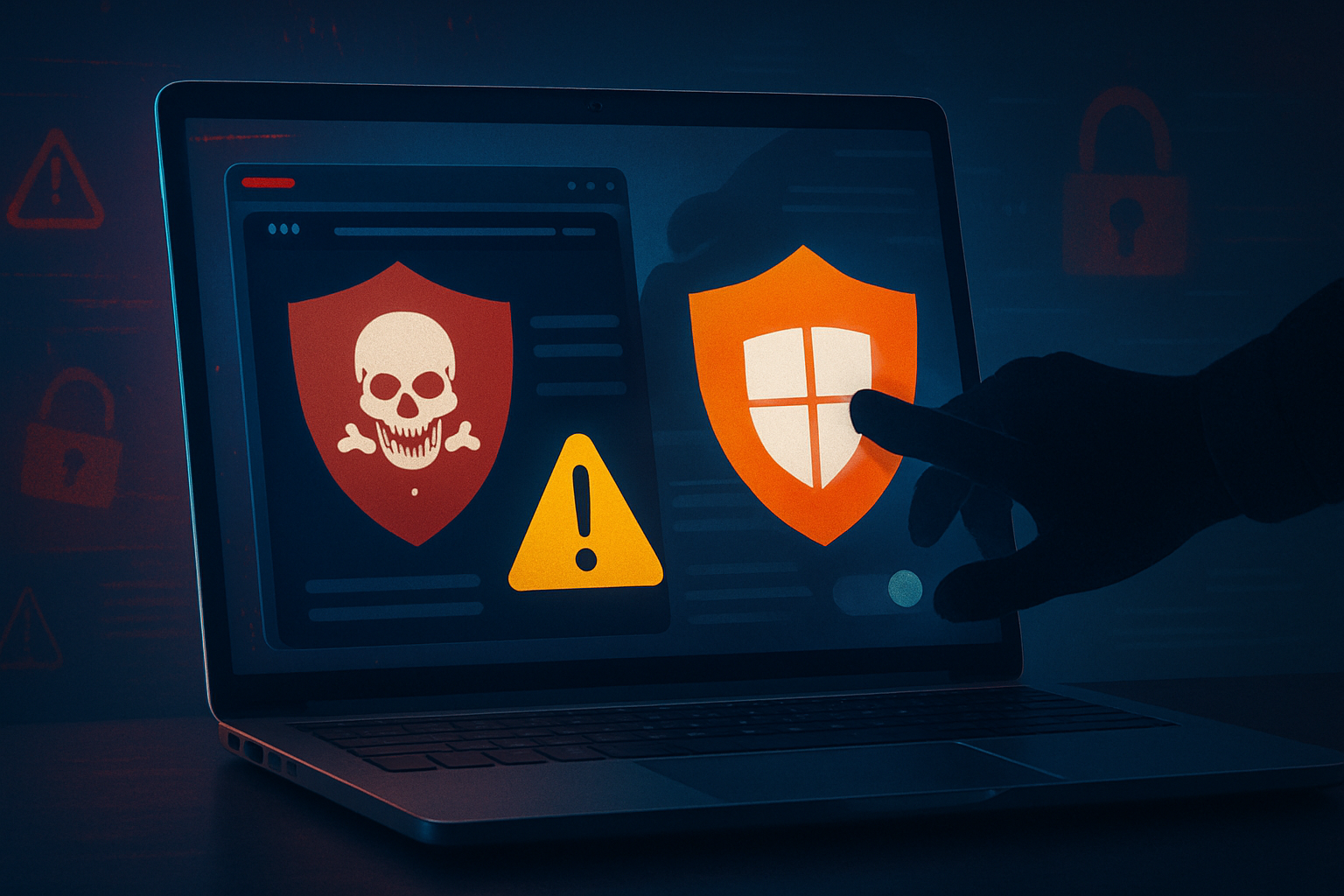A concerning new tactic has emerged in the realm of cybersecurity threats: malicious actors are deploying fake antivirus programs designed to mimic legitimate security software. This sophisticated approach doesn’t just introduce malware; it actively manipulates Windows Defender, the built-in antivirus solution, to disable its real-time security scanning features. Understanding how this works is crucial for maintaining robust system protection against evolving cyberattacks.
Understanding the Spoofing Technique
The core of this attack lies in the deceptive nature of the fake antivirus. Once installed on a system, this malicious software cleverly imitates the interface and processes of a genuine antivirus application. By doing so, it can interact with the operating system in a way that appears legitimate. The critical aspect of this technique involves manipulating system configurations or exploiting vulnerabilities to instruct Windows Defender to cease its active monitoring and scanning for threats.
One potential method involves the fake antivirus registering itself as a legitimate security solution, effectively telling Windows that another antivirus program is handling the protection. This can lead to Windows Defender automatically disabling its real-time scanning to avoid conflicts between supposedly multiple active antivirus solutions. Another approach might involve directly altering system registry keys or using specific commands that control Windows Defender’s operational status.
The implications of this are significant. With real-time scanning disabled, the compromised system becomes vulnerable to a wide range of malware, including ransomware, spyware, and viruses. These threats can then operate undetected, leading to data theft, system corruption, and other serious security breaches. Users might be falsely reassured by the presence of what appears to be a functioning antivirus interface, unaware that their actual protection has been silently deactivated.
Protecting Yourself from This Evolving Threat
Staying safe in the face of such deceptive tactics requires a multi-layered approach to cybersecurity. First and foremost, exercise extreme caution when downloading and installing software from unverified sources. Always ensure that you are obtaining your security software directly from the official vendor’s website.
- Be wary of unsolicited software offers: Never install programs that are bundled with other software or offered through suspicious pop-up ads.
- Keep your software updated: Regularly update your operating system and all installed applications, including your legitimate antivirus software. These updates often include patches for security vulnerabilities.
- Practice safe browsing habits: Avoid clicking on suspicious links or visiting untrusted websites.
- Consider a multi-layered security approach: Supplement Windows Defender with other reputable security tools, such as a firewall and anti-malware software from trusted vendors.
- Stay informed about the latest threats: Keep up-to-date with cybersecurity news and advisories to understand the evolving threat landscape.
Conclusion: The Importance of Vigilance in Cybersecurity
The emergence of fake antivirus capable of disabling Windows Defender highlights the constant need for vigilance in the digital world. Cybercriminals are continually refining their techniques to evade security measures. By understanding these sophisticated attacks and adopting proactive security practices, individuals and organizations can significantly reduce their risk of falling victim to such deceptive malware. Staying informed and cautious remains a cornerstone of effective cybersecurity in today’s evolving threat environment.




